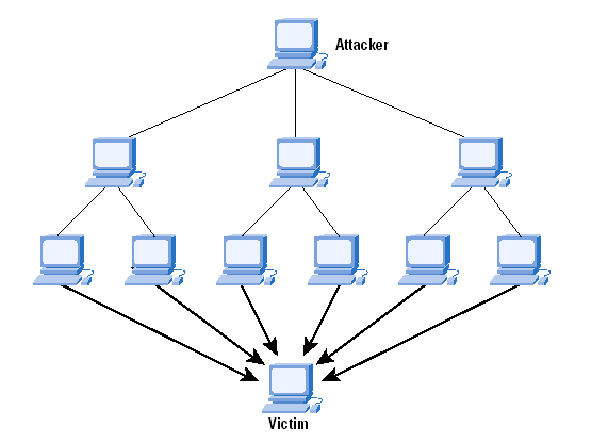Thermal imaging technology turns up the heat on crime
Tom Glover examines the benefits of hand-held thermal imaging cameras in police work.

The applications of helicopter-fitted thermal imaging cameras are well documented in law enforcement organisations around the globe. Back in April 2013, dramatic images revealed how the technology helped police home in on the second Boston bomber while he was hiding on David Henneberrys boat for his final stand-off in Watertown following a week of violence.
But what about personal, hand-held thermal imaging for police officers?
Thermal imaging cameras produce a sharp image, day or night. Unlike night-vision technology, they need no visible light to produce an image. They can see in almost all weather conditions, light fog and smoke included, and even through light foliage.
Consider this; youre on routine patrol and receive a call concerning a patient who has disappeared in the grounds of a local care facility. The grounds are a few football pitches in size, thick with woodland and foliage and it is pitch black outside. How long will it take you and your partner to search the area with your flashlights? Probably a significant amount of time, time that might make all the difference to an elderly patient or time you might really need to be spending responding to that other call that just came in.
In this scenario, a thermal imaging camera could drastically reduce the search time, allowing officers to scan and rule out large areas very quickly, locate the missing person and ensure their safe return.
A well-publicised success of hand-held thermal imaging is the detection of residential cannabis factories. Day or night, the cameras can compare the heat profiles of residential homes to identify anything unusual. Thermal imaging cameras can also detect voids in interior building fabrics making it useful for hidden device detection.
When on routine patrols or covert surveillance operations, thermal imaging can also be used to remain unseen as apart from needing no light, no visible light is given off. If you are on routine patrol and receive a call to a burglary in a partly-lit industrial estate at night, using thermal imaging lets you remain undetected as you perform dynamic risk-assessments and ultimately see potential danger before it sees you.
Thermal imaging cameras detect heat for as long as it remains present. This means that an object or surface that has recently been in contact with something hot will, for a time, remain hot enough to clearly stand out when viewed with a thermal imaging camera even when no longer in contact with the heat source.
For example, imagine you have forcefully entered a property and are faced with two suspects sitting in the living room; intelligence suggests there may have been more people present. Using the thermal imaging camera you are able to look for residual heat signatures on the other seats in the room; if one has been recently vacated this will be detected. Not only that, you may be able to see the residual heat left by their footprints to their hiding place or escape route. The same principle applies to a recently decamped vehicle.
Or take the example of a recently-discarded weapon. You are in pursuit of a suspect at night with intelligence advising that there is a strong chance the persons in the vehicle may be armed. The pursuit comes to an end and there is no evidence of a weapon. You suspect it may have been thrown out the vehicle window during the chase. Using a thermal imaging camera would allow you to quickly scan the roadside for objects with residual heat a weapon being held in the hand or on the body would still be identifiable for some time after it was discarded.
In a recent example in Oklahoma, officers responded to a report of a shooting. The suspect was located but no evidence was found and after an hour of searching a thermal imaging camera was requested by the supervisor on the scene. Within 30 seconds a shell casing was located under some weeds due to its residual heat.
Its fair to say that the list of applications for hand-held thermal imaging is growing fast and the good news is the technology is both small enoug



